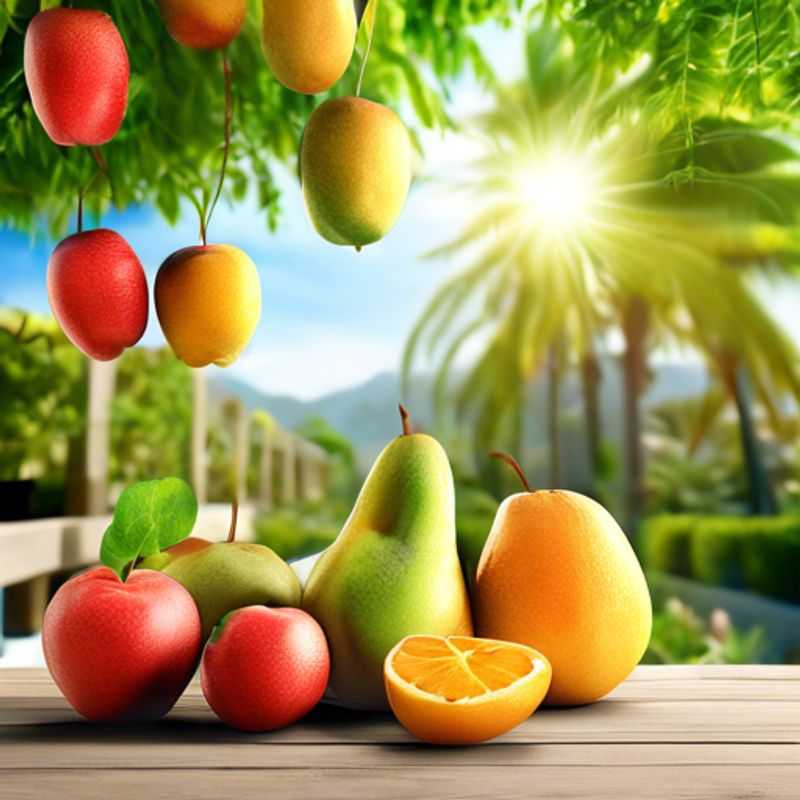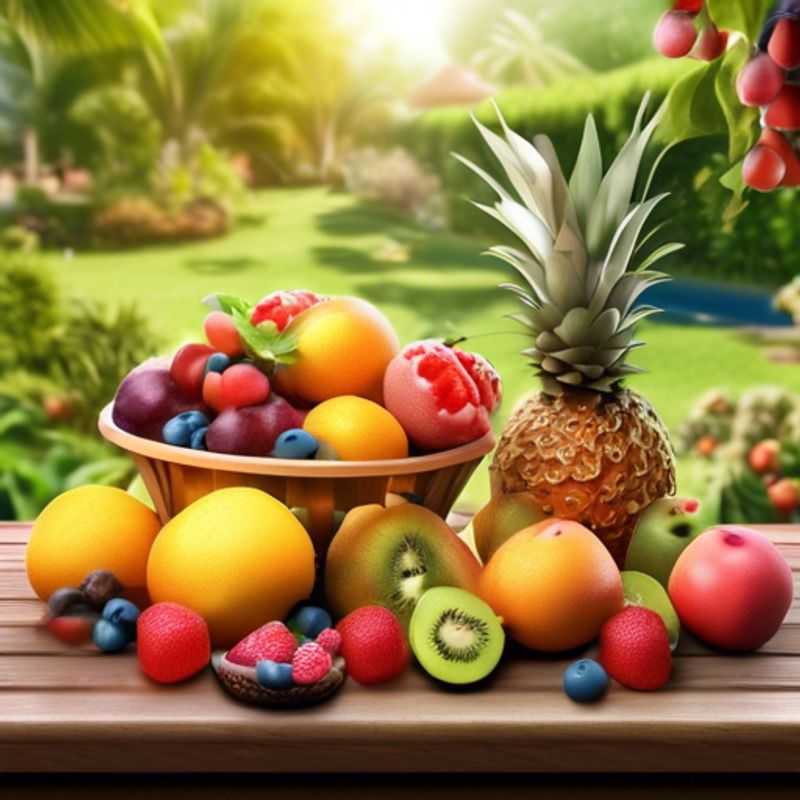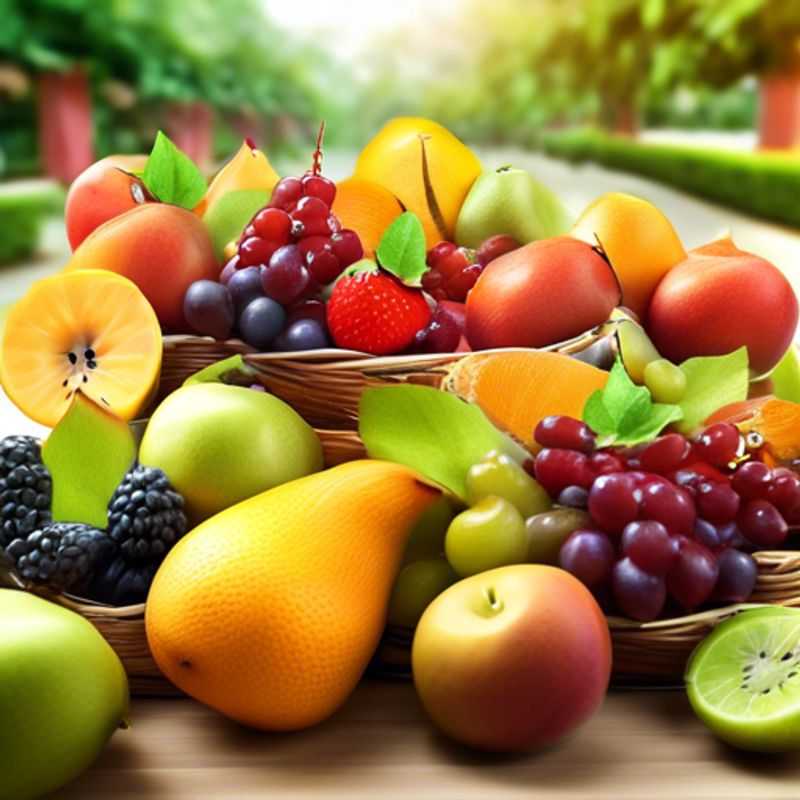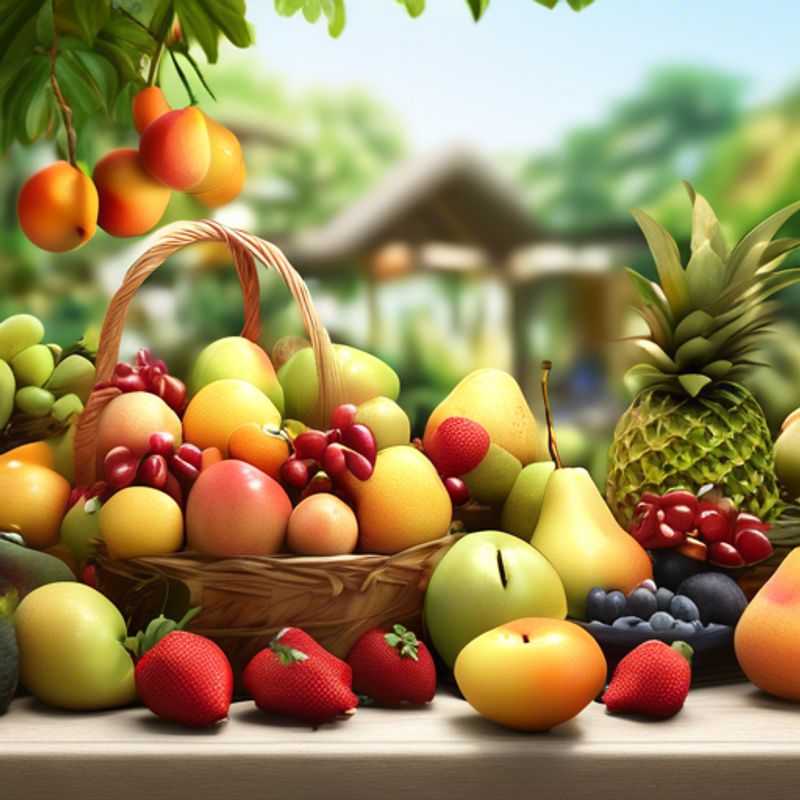Top 4 Most Important Things to Know Before Buying Garden Fruit

4 Essential Things to Know Before Planting Your Fruit Garden
Hey there, fellow green thumbs! Before you dive headfirst into that garden center and snag the first luscious-looking fruit tree you see, let's make sure you're set up for success. Choosing the right fruit for your garden is like picking the right tool for the job – it makes all the difference! Here are the top four things to consider before bringing home your new fruity friends:
1.

Matching Your Fruit to the Climate & Soil: A Guide to Successful Gardening
Before planting your fruit trees, it’s crucial to know the specific climate and soil conditions they need. Understanding these factors will help ensure your trees thrive and produce delicious fruit.
Climate plays a crucial role. Some fruits, like citrus, require warm temperatures and plenty of sunshine. Others, like apples, prefer cooler climates with distinct seasons. Knowing your region’s average temperature, growing season length, and amount of rainfall is vital.
Soil quality is equally important. Different fruits have different preferences for soil drainage, pH levels, and nutrient content. Some fruits, like blueberries, require acidic soil, while others, like cherries, prefer neutral to slightly alkaline soil.
You can perform a simple soil test to determine its pH level. If your soil needs adjusting, you can amend it with organic matter, such as compost, to improve its drainage, structure, and nutrient content. However, it's always best to confirm your fruit's specific requirements with a local gardening expert or your state's agricultural extension service.

Planning Your Orchard: Matching Fruit Plants to Your Garden Space
Knowing how large your fruit plants will grow is crucial for successful gardening. Before planting, do your research!
Each fruit plant species has a unique mature size and growth habit. Researching the specific plant you are interested in will provide you with essential information.
Factors like root systems, branching patterns, and overall height can affect your garden space. Consider these aspects to avoid overcrowding or insufficient space for optimal growth.
Remember that some plants may require pruning or training to manage their size. This can influence your planting strategy and overall garden design.
By researching the mature size and growth habits of your chosen fruit plants, you can ensure they fit your garden space and thrive, resulting in a bountiful harvest.

Pollination Partners: Choosing Fruit Trees and Bushes for Success
Fruit trees and bushes often need pollination to produce fruit. Pollination is the transfer of pollen, which contains the male reproductive cells of the plant, from the stamen (male part) to the pistil (female part) of the same or another flower.
Some fruit trees are self-pollinating, meaning they can pollinate themselves. Others are self-incompatible, requiring pollen from a different variety of the same species to produce fruit.
To ensure successful pollination, you need to consider the following:
• Variety compatibility: Choose fruit tree varieties that are compatible for pollination. Some varieties are self-pollinating, while others require cross-pollination. Consult with local nurseries or online resources for compatibility information.
• Distance: Plant compatible varieties close enough to each other for pollinating insects to easily move between them. This distance can vary based on the specific varieties and pollinating insect populations.
• Pollinators: Bees, butterflies, and other insects are essential for pollination. Encourage their presence by providing nectar-rich flowers, planting pollinator-friendly plants, and avoiding the use of harmful pesticides.
• Flowering time: Choose varieties that flower at the same time, allowing for overlapping bloom periods for efficient pollination.
By considering these factors and selecting the right varieties, you can increase the chances of successful pollination and enjoy a bountiful harvest of fruit. Remember, the more you know about your fruit trees' pollination needs, the better equipped you are to optimize your orchard for success.

From Seed to Table: Mastering the Art of Fruit Growing
To grow a successful fruit tree, follow these steps:
Planting: Choose the right tree for your climate and soil. Plant in a sunny spot with well-drained soil. Dig a hole twice as wide as the root ball and plant the tree at the same depth it was in the container. Water thoroughly after planting.
Pruning: Prune regularly to shape the tree and promote fruit production. Prune during the dormant season (winter). Remove any dead, diseased, or crossing branches.
Harvesting: Harvest fruits when they are ripe. This varies depending on the type of fruit. Look for signs of ripeness, such as color change, softening, and sweetness. Handle fruits carefully to avoid bruising.
Remember that fruit trees require regular care. Fertilize them in the spring and summer, and control pests and diseases as needed. With proper care, your fruit tree will provide you with delicious fruit for many years to come.
